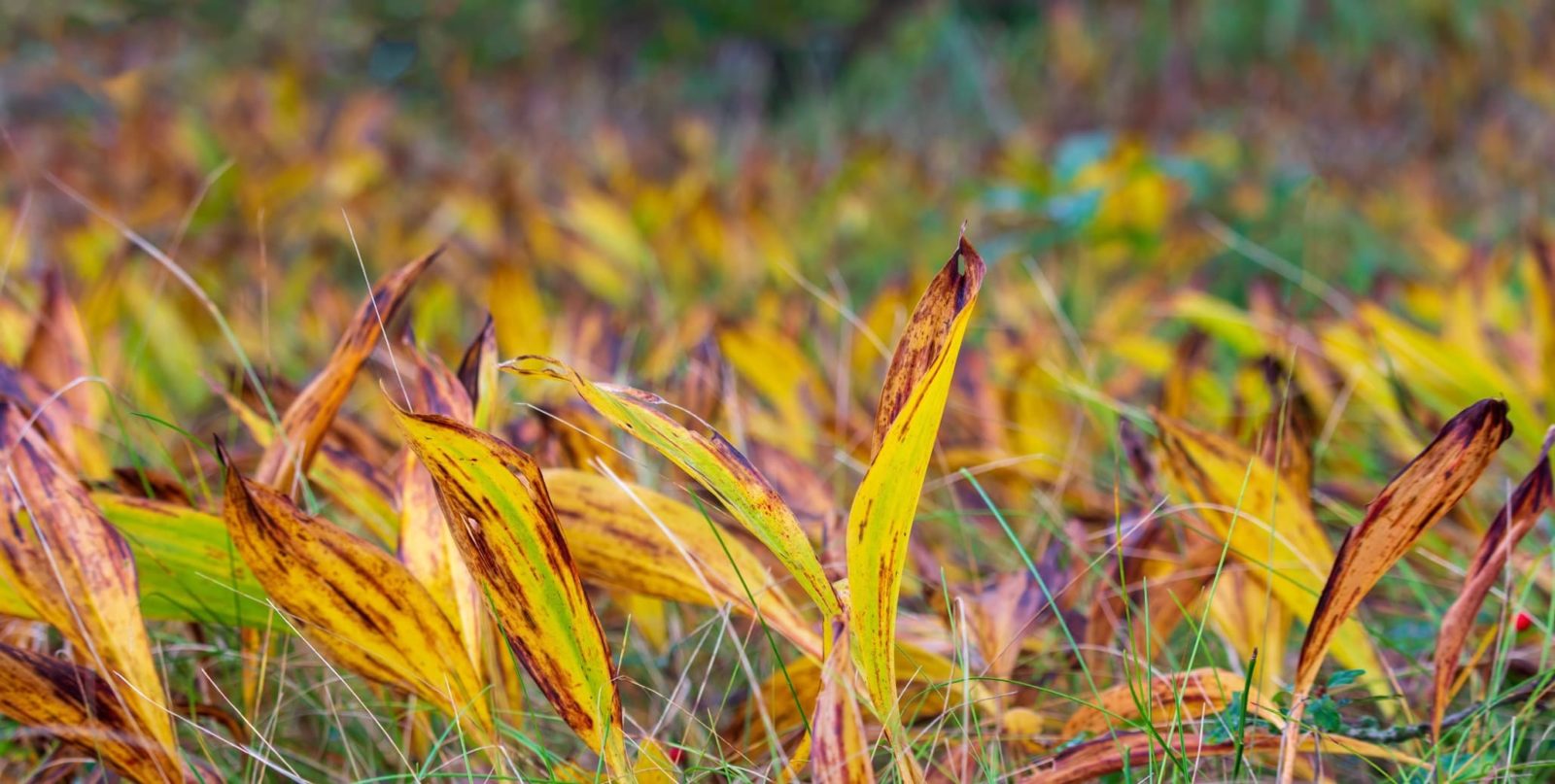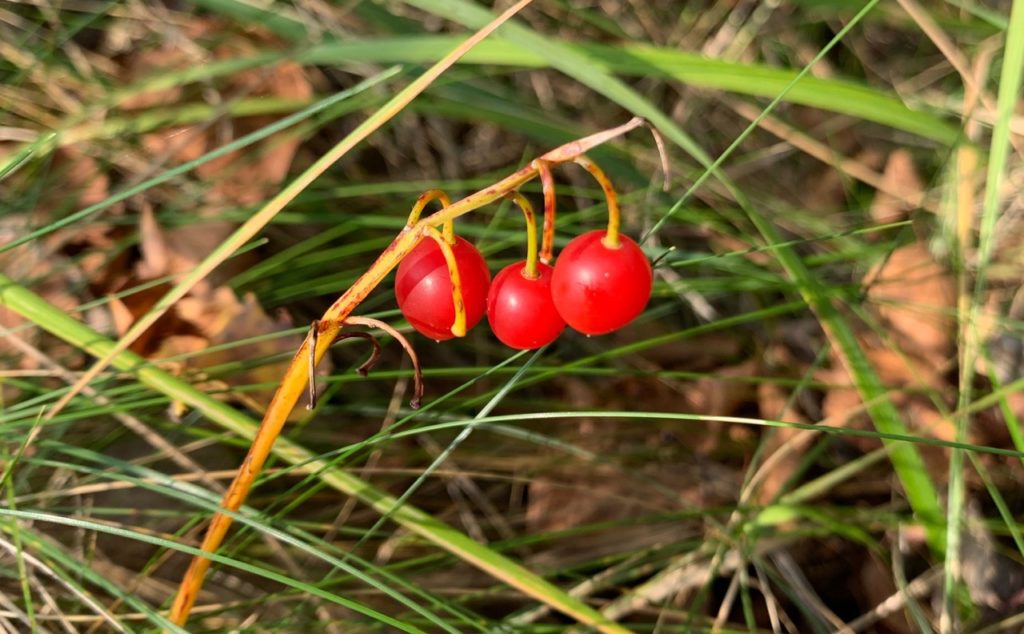Pruning Lily Of The Valley: Removing Dead Foliage Will Only Help Reduce Untidiness

PERENNIALS > LILY-OF-THE-VALLEY > PRUNING

Elizabeth is a Permaculture Garden Designer, Sustainability Consultant and Professional Writer, working as an advocate for positive change. She graduated from the University of St. Andrews with an MA in English and Philosophy and obtained a Diploma in Applied Permaculture Design from the Permaculture Association.
Reviewed By COLIN SKELLY

Colin is a Horticulturist and Horticultural Consultant with experience in a range of practical and managerial roles across heritage, commercial and public horticulture. He holds the Royal Horticultural Society’s Master of Horticulture award and has a particular interest in horticultural ecology and naturalistic planting for habitat and climate resilience.
LILY OF THE VALLEY GUIDES
Lily of the valley is an attractive plant commonly found in woodland gardens, though it can be grown in a range of locations – including in pots.
This is not a plant that typically requires pruning at all.
In fact, it is a low-maintenance plant that generally requires very little care.
As long as you grow it in the right spot, in full or partial shade, in moist and reasonably fertile soil, you should find it mostly trouble-free.
However, if you are someone who cannot stand untidiness in the garden, you may wish to:
- Deadhead spent flower stalks, removing these at the base.
- Trim away any damaged, discoloured or dying leaves from the plants throughout the summer.
- Remove dead foliage before new growth emerges in spring.
Read more on each of these steps below:
1) Deadhead Spent Flower Stalks
Some gardeners do choose to deadhead spent flowering stalks after the flowers bloom in spring, in order to encourage new blooms to form and to keep things looking neat.

However, the deadheading lily of the valley plants is not necessary, and if you do deadhead, you will miss out on the attractive green then red berries that follow them.
“I don’t think that I have ever deadheaded Lily of the Valley due to the resulting loss of the berries later in the season,” shares Colin Skelly, a Master Horticulturist.
“I do tend to clear the foliage once it’s died back and put it on the compost heap as it tends to collapse in a slimy heap otherwise.”
You also won’t be able to collect seeds from your plants if this is something that you might like to do.
2) Keep Tidy Over The Summer
Lily of the valley is usually untroubled by pests and diseases and is a low-maintenance plant.
As long as you make sure sufficient moisture is available, the plants should thrive and create good ground cover all summer long.
However, if you watch your plants closely, you may observe the odd discoloured or dead leaf.
Any damaged leaves can be cut off if you wish to keep things looking lovely, though again, this is usually unnecessary and is merely for cosmetic purposes.
3) Remove Dead Foliage
Lily of the valley is a deciduous perennial, and the leaves will die back in autumn, with new growth emerging in spring.

You do not really have to remove the dead foliage at all and it is best to leave the faded foliage in place over the winter months as a habitat for wildlife.
However, if this bothers you, you can remove unsightly dead leaves over the winter months or in early spring.
